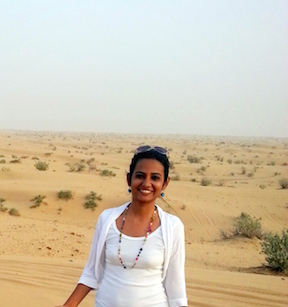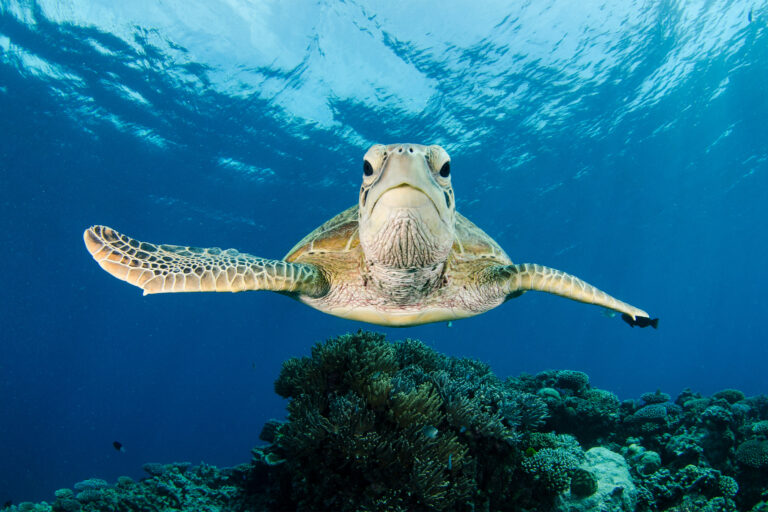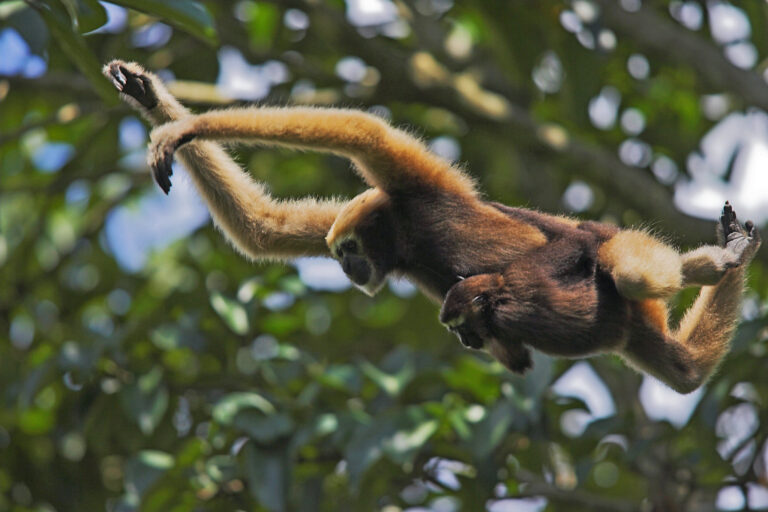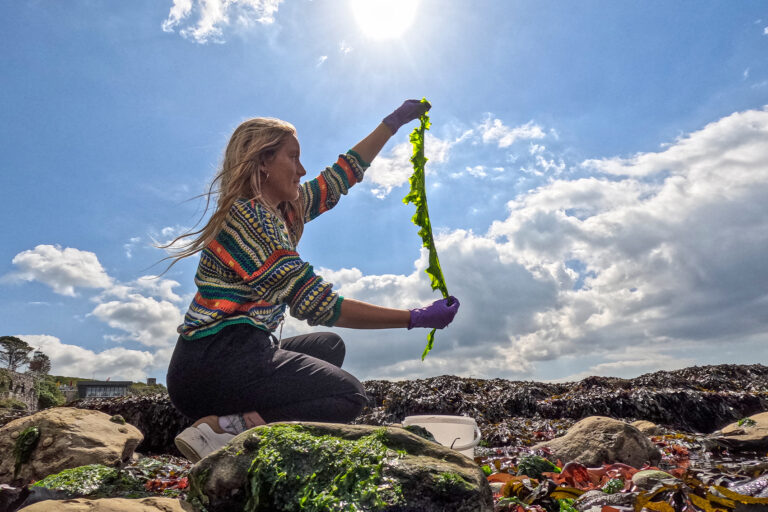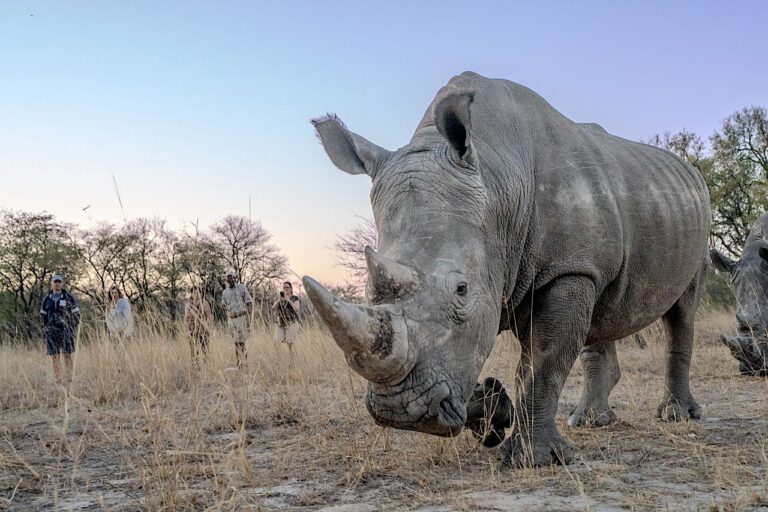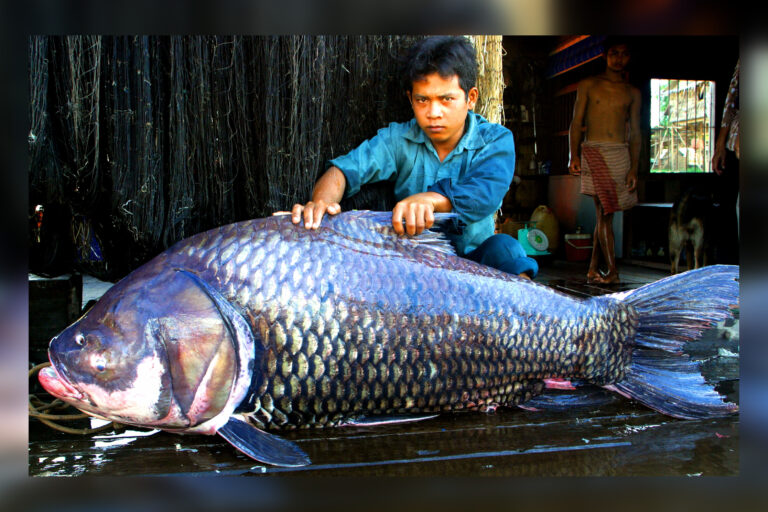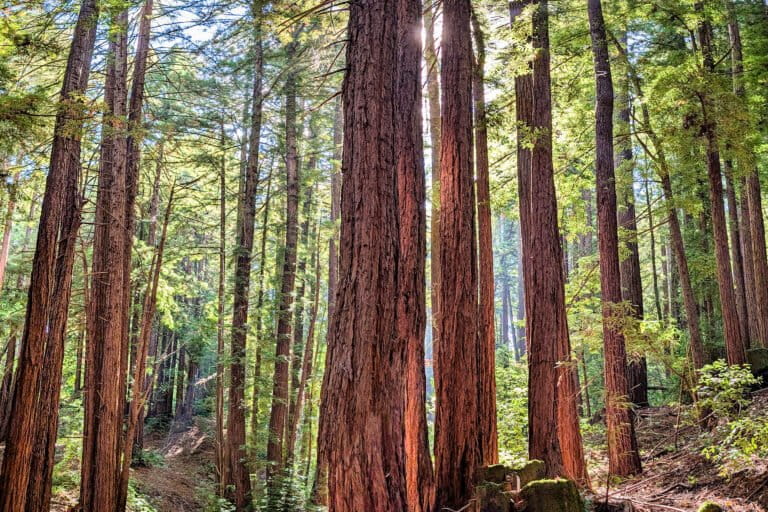- Signs of improvement in fisheries arising from a small no-fishing zone in the Indian Ocean nation of Comoros could inspire the establishment of more such zones across the archipelago.
- A fishers’ group installed the first no-take zone inside a marine protected area off the island of Anjouan in 2021. The group’s president told Mongabay fishers are now encountering more fish nearer to the shore outside the zone’s bounds.
- Buoyed by the results, a local nonprofit plans to establish five no-take zones in Anjouan over the next two years, covering 425 hectares (1,050 acres) of coral reefs.
- Earlier efforts to enforce temporary fishing closures to promote octopus fisheries for export and reduce pressure on fragile coral reef ecosystems didn’t lead to the anticipated benefits.
The phrase malezi mema in Comorian loosely translates to “parenting well.” A fishers’ group of the same name on the island of Anjouan in Comoros is trying to provide a nurturing environment. In their case, for marine life, by creating a small sanctuary in the sea that’s closed to fishing.
Ansoya Ahmed, Malezi Mema’s president, told Mongabay during a call that he was inspired by no-take zones implemented in neighboring Mayotte, a French overseas department that’s also claimed by Comoros, and Madagascar.
Comoros, an archipelagic nation off the eastern coast of Africa, lies at the mouth of the Mozambique Channel. All of its three main island groups are of volcanic origin and fringed by coral reefs. Scientists consider the reefs in this region some of the richest and most imperiled marine habitats in the world.
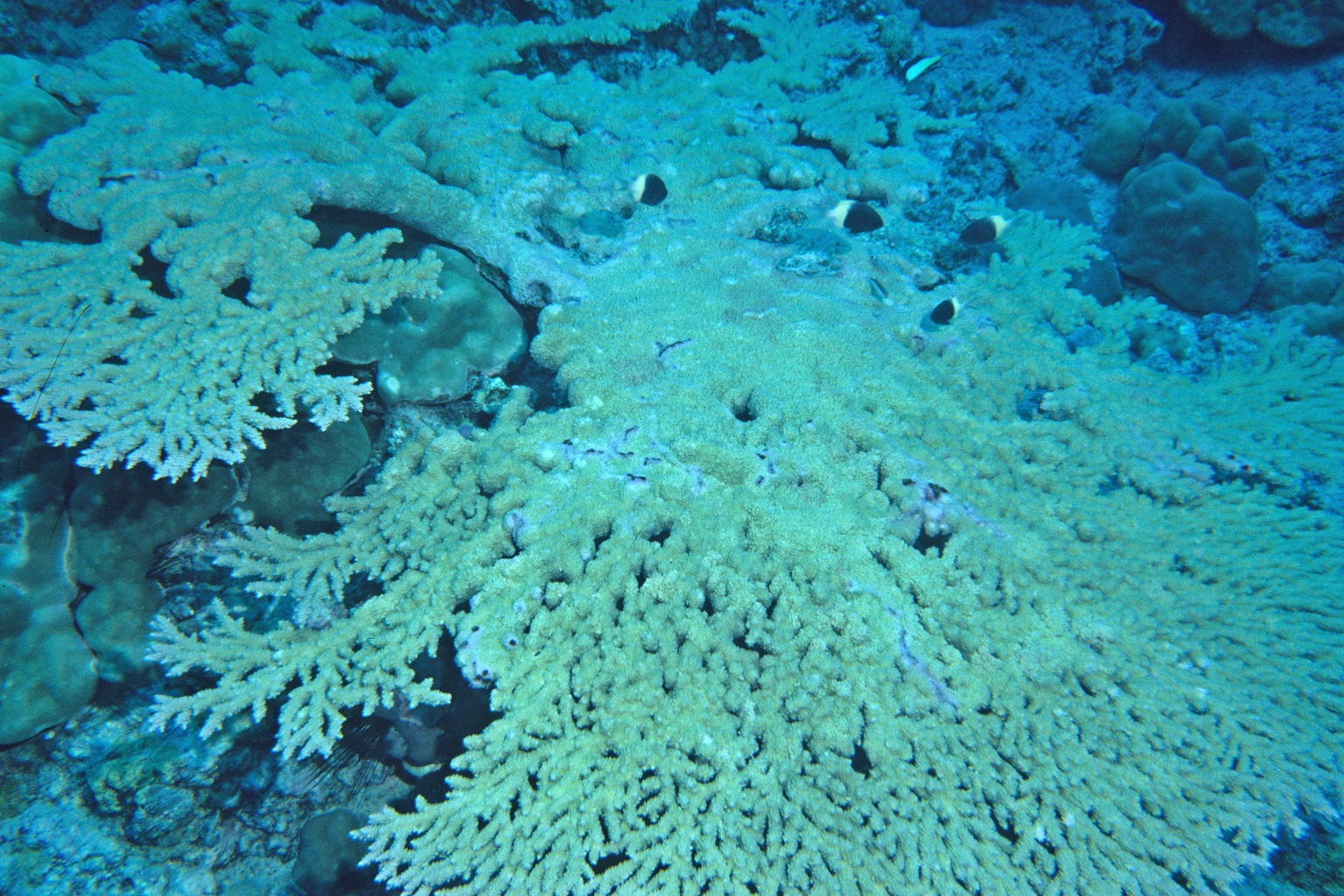
About 80% of Anjouan’s coastline is ringed by reefs. In 2021, Malezi Mema set up the no-take zone (NTZ) on the reef flat in the island’s southwest corner with the support of nearly 60 fishers from three nearby villages and the nonprofit Dahari.
The NTZ is a speck of ocean just 10 hectares (25 acres) in size, situated inside Shisiwani National Park off Sima Peninsula in western Anjouan. The park, established in 2022, is one of four marine protected areas (MPAs) in Comoros today. All of these MPAs allow some human activities, given the people’s dependence on fisheries. Outside its urban settlements, around 70% of people in Comoros, which has a population of around 900,000, eat fish as their primary protein source.
Anjouan, with a population of 350,000, is one of the more densely populated parts of the archipelago. Dahari, headquartered there, has been involved in marine protection in the country for a decade, running programs covering around 370 hectares (914 acres) of coral reefs.
With the years of experience have come some hard-won lessons. In a strategy document published this year, the NGO outlined a pivot toward fisher-led NTZs, and away from interventions like temporary fisheries closures or trying to set up fisheries governance institutions from scratch.
Fanny “Effy” Vessaz, Dahari’s marine strategy director, told Mongabay during an online meeting that in the past, the group had tried to replicate models from neighboring Madagascar and Tanzania, centered on octopus fisheries. These entail closing off an area to allow octopus populations to grow in number and body size. The harvested octopuses are exported for much higher prices than what they fetch in the local markets.
However, this proved much harder to do in Comoros. For one thing, Madagascar and Tanzania have more developed octopus markets that allow fishers to sell their catch for export. By contrast, in Comoros, the octopus fishery is mostly for self-consumption, Vessaz said.
“You don’t get the economic benefits that you get in Madagascar and Tanzania,” she said. “Since there were no financial benefits, it was more difficult to control when the [octopus] fisheries were reopened.”
Fisheries are a lifeline for most households, so delivering financial benefits is crucial to ensure residents’ continued support for closures. Not only did those benefits not materialize, Dahari didn’t find enough improvements in reef health to justify the closures, the NGO’s strategy document said.
While closing off an area entirely to fishing might appear even less palatable, the key to making it work lies in choosing the site wisely, Ahmed said.
In designing the NTZ, including selecting the site, Dahari and Malezi Mema took both ecological and social factors into account. They held consultations, and Dahari arranged visits by Comorian fishers to neighboring countries, including Madagascar and Tanzania, to learn from their experiences in fisheries management.
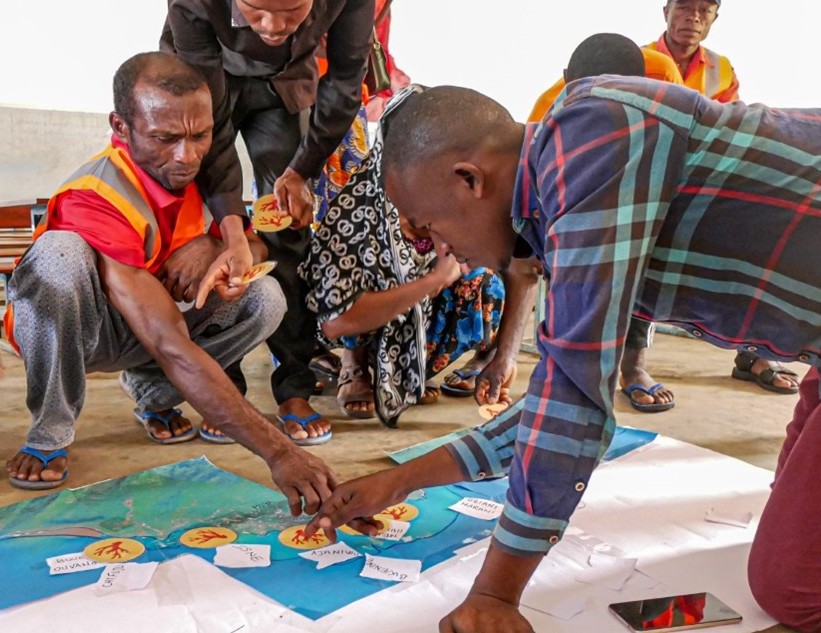
The Comorian fishers decided to avoid areas near the coast, and established the NTZ farther offshore. The site is in an area of the reef with corals, sand and rocky outgrowths, which could serve as a refuge for fish without disrupting the livelihood of many people.
One of the problems with the octopus closures Dahari attempted was that they were implemented on reefs close to the shore. When the fishery reopened, hundreds of fishers would come from near and far, creating tensions between members who had helped to organize the closure and outsiders who weren’t involved in the management of the area.
Among fishers in Anjouan, mostly the men use boats, both motorized and non-motorized. Because the reefs in Comoros are located close to shore and in the shallows, the women engage in “foot fishing” there, wading into the waters at low tide to catch reef fish, shellfish and octopus with their hands or with hooks, spears or sticks.
Yet in the beginning, it wasn’t easy to convince fishers in the three villages, Ahmed said. Malezi Mema leaned on village elders, who could recall more plentiful harvests, describe the decline in the community’s fishing fortunes, and convince residents the protections would benefit them.
At sea, buoys demarcate the NTZ. Along the coast, the NGOs have installed signs depicting the limits of the reserve and listing prohibitions and penalties. Fishers in the association conduct patrols, financed by Dahari, with the backing of local law enforcement. The gendarmerie, a branch of the police force, and the managers of Shisiwani National Park also help to implement the fishing ban.
“We conduct coastal patrols, we conduct sea patrols to try to monitor the area because there are always poachers who sneak in to destroy these areas,” Alame Mohamed, a community mobilizer at Shisiwani National Park, told Mongabay. “If we catch someone who violates the rules of the zone, they face legal proceedings and fines.”
But Mohamed said he dedicates much of his time to raising awareness in the communities. “We try to convince them the measures we’ve taken to conserve these areas were taken for the well-being of the coasts, for the well-being of the sea, and also for the well-being of our heritage,” he said.
“The work is not easy, but we try, because with the problems in our country, like poverty, many people think that fishing will provide them with something to eat,” Mohamed said. “The goal is also to avoid punishing the communities.”
Both Vessaz and Ahmed say they recognize that the fishing communities are making sacrifices. About 40% of the country suffers from deep deprivation, and people depend heavily on fishing for nourishment. Much of the younger population doesn’t consume enough vegetables and fruits.
Dahari and the fishers are keeping a keen eye not only on the area in and around the NTZ but also on the fish there and the NTZ’s public reception. Dahari runs a catch monitoring program and also conducts surveys to capture the perceptions of community members about how the measure is faring. A comprehensive evaluation of the NTZ is in progress, Vessaz said. But she cautioned that four years may not be sufficient time to capture improvements.
Still, Ahmed said there are signs their efforts are bearing fruit. Even a few meters from the NTZ, Malezi Mema fishers are finding fish species and sea turtles they hadn’t seen for some years, he said.

Moreover, while declining fish catches had compelled fishers to venture farther out to sea. Ahmed said they now encounter fish shoals nearer to the shore, so fishers don’t have to venture deep into the blue.
With less time spent at sea, they can save on fuel costs, he said, and if there’s a problem with the boat, they can return, meaning they end up safer, he added.
The improvements have caught other communities’ attention. Residents of two towns down the coast in southwest Anjouan have expressed interest in setting up their own reserves, and consultations are underway for new NTZs there.
There are plans to triple the size of the current NTZ managed by Malezi Mema to 30 hectares (74 acres), Vessaz said.
But Dahari has even bigger ambitions. In 2025 and 2026, the NGO aims to support the establishment of at least five no-take zones in Anjouan (including the existing NTZ), which would involve around 20,000 residents and ultimately cover 425 hectares (1,050 acres) of reefs, or about a tenth of Anjouan’s total reef area. And starting in 2027, it aims to take the approach to the country as a whole.
Comoros has to protect 30% of its ocean by 2030, which would bring 5 million hectares (12 million acres) of seascapes under protection in the next five years.
However, Vessaz said she doesn’t consider the NTZs as substitutes for traditional MPAs, but rather as a complement to them.
“The no-take zone is more a tool that can be used both inside and outside marine protected areas,” Vessaz said. “No-take zones, no matter how large they get, will not be replacing conventional MPAs.”
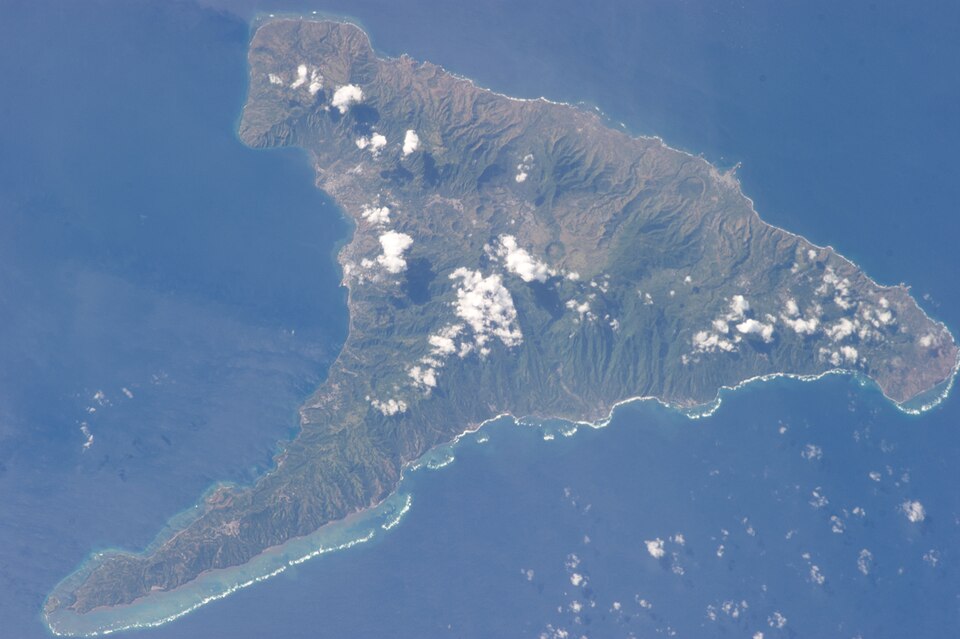
Binti Mhadjou contributed reporting from Comoros.
Banner image: A fisher “foot fishing” on the reef flat of Anjouan at low tide. Image courtesy of Dahari.


